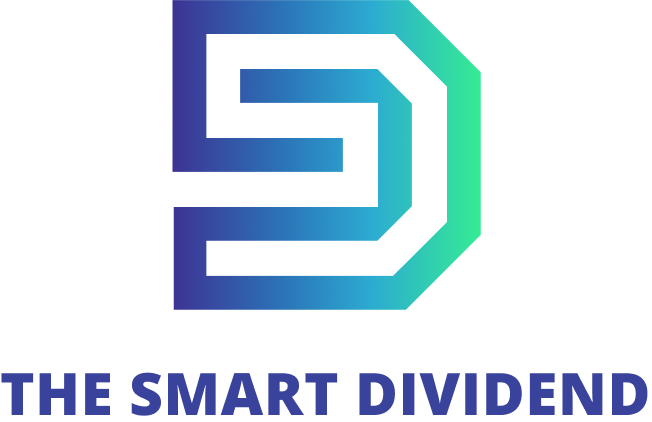
The digital world requires robust solutions that can proceed with the growing amount of information, extracting everything necessary for the moment. That’s why learning management systems (LMSs) are important. But here is the question: which one to choose?
The market is quite large. Many well-established tools have resided here for a decade or more, and new market players emerge constantly, filling various niches according to customers’ needs.
There are platforms with advanced AI-based tools for content search and generation. There are content selection tools focusing on building user experiences. There are minimalistic ones that can be customized for each project, solving exactly those issues that arise here without additional costs, such as CleverLMS. Some of them are designed as virtual classrooms, used for academic education. Others platforms are either free or open-source, ideal for non-commercial organizations. Lastly, there are large corporate players for thousands and even more customers, with various extensions to manage vast information flows between corporate departments.
Here, you’ll learn how to find your way in this vast education sea. According to Research.com, the vast majority of employees prefer training at work. So, we’ve created a compass for you. Let’s start!
LMS software differences
Even considering the whole variety of these systems, all of them are different. The difference may be large: an open-source Moodle with a large commercial Docebo, for example, are very different, despite their core features being the same: knowledge bases, course creation platforms, and motivation instruments. Sometimes differences are subtle, but still they are present. Compare LMS’s pricing tables and specific features to see them.
So, let’s dive deeper.
What to expect from an online learning management system?
There are three Os you may expect from your tool: Optimization, Organization, and Orientation.
 Optimization includes all costs, time, and nerves saved by the LMS implementation. At first, you shouldn’t pay for mentors and classrooms, or at least save a much on them. Next, all your activity can be conducted 24/7 remotely, saving time and empowering your teams. Last, tracking and analytics features give you control and the ability to personalize the whole education process, increasing its efficiency.
Optimization includes all costs, time, and nerves saved by the LMS implementation. At first, you shouldn’t pay for mentors and classrooms, or at least save a much on them. Next, all your activity can be conducted 24/7 remotely, saving time and empowering your teams. Last, tracking and analytics features give you control and the ability to personalize the whole education process, increasing its efficiency.
 Organization is how your software helps you categorize all your learning materials and create personalized courses based on them. In addition, an LMS will generate reports for you, showing the learners’ performance and enabling you to make smart decisions regarding their activities.
Organization is how your software helps you categorize all your learning materials and create personalized courses based on them. In addition, an LMS will generate reports for you, showing the learners’ performance and enabling you to make smart decisions regarding their activities.
 Orientation means that the LMS platform serves as an interconnection hub between all learners, mentors, and education managers. Everyone can connect with each other, everyone can reach their learning materials, and apply their knowledge in practice by completing their tasks and generating new ideas.
Orientation means that the LMS platform serves as an interconnection hub between all learners, mentors, and education managers. Everyone can connect with each other, everyone can reach their learning materials, and apply their knowledge in practice by completing their tasks and generating new ideas.
According to the article by García-Peñalvo et al., the most common problems during LMS usage are a lack of organization, disconnection between learners and mentors, and LMS’s technical issues. So, focusing on these issues will be crucial when managing your corporate education.
How it works?
Let’s overview the learning management system features using a CleverLMS example. As we’ll see, its main focus is customization with directed learners’ motivation. Here is a list of its features.
 It enables the learning journey creation to make unique and personalized courses.
It enables the learning journey creation to make unique and personalized courses.
 It has a knowledge base and media library with the ability to categorize everything.
It has a knowledge base and media library with the ability to categorize everything.
 It has badges to give scores to the best learners, and a gift store to spend them.
It has badges to give scores to the best learners, and a gift store to spend them.
 It enables task and event planning and tracking of their completion and attendance.
It enables task and event planning and tracking of their completion and attendance.
 It generates reports based on the app’s user activity.
It generates reports based on the app’s user activity.
 It has a discussion forum for feedback, communication, and announcements.
It has a discussion forum for feedback, communication, and announcements.
 It can be personalized for each company based on their brands and objectives.
It can be personalized for each company based on their brands and objectives.
Most of these are present, in various forms, in all LMSs. Still, they all are different. According to the Kraleva et al. article, three primary focuses of learning systems can be distinguished: skill learning, social learning, and productivity.
So, now we’re approaching the culmination point of the article.
Which is the best?
Which is the best LMS?
You cannot answer easily.
As you’ll see, there are several prominent types of LMS that are designed to be a perfect fit for your company, industry, and objectives. So, instead of relying on someone’s opinions or advertising, the much better approach is to analyze which objectives the chosen LMS solves best, and then choose the one sharpened for your objectives.
Let’s look closer. Here is your checklist.
- A lightweight, customizable LMS will be a good universal option for a business to launch an interactive educational app for daily usage, usually right during work. CleverLMS is an example of such a tool.
- A feature-rich, advanced LMS will fit knowledge-rich industries and hi-tech startups, where AI analytics and content generation will save a lot of time and open new opportunities. An example is Absorb LMS.
- A social-based LMS has rich community-creation features, and this learning management system software is the best for companies where large teams must communicate and cooperate constantly. An example is 360Learning.
- A large-scale LMS with heavy analytics options is a choice for large corporations, where billions of bits of data must be organized every moment. An example is the Docebo Learning Suite.
- A content-based LMS is one with the rich content creation, organization, and selling options, usually also with extensive integrations with content platforms. It’s good for content-based industries, such as advertising, and the example is TalentLMS.
- An experience-based LMS, called LXP (learning experience platform) focuses on content selection using AI analytics tools, based on the parameters you’ll assign to each learner. A good example of such a tool is Valamis. They are good if you need to adjust everything for each learner quickly, but they are usually costly.
- An open-source LMS is one with free basic software and, usually, a lot of custom-made plugins and add-ons. They are perfect for non-commercials and educational organizations, and a prominent example is Moodle.
The future of learning management system platforms
The essence of the modern world lies in innovations. When we create something new, we can solve common issues with much less effort, improving people’s lives without losing anything. Learning management software is dedicated to being the innovation hub of companies, and each platform is designed to solve specific problems. The similar they may seem, all with similar advertising, but their specific features and pricing are all different.
Choose the right one based on your objectives. The more you’ll elaborate on them, the more efficient your choice will be. Use the checklist for various LMS purposes, compare it with your own, and you’ll be in! Remember, the future of work is deeply interconnected with learning, and by embracing it, you’ll empower your company with fresh ideas and robust realization opportunities.
Good luck with that!

